|
|
||
|
Mombasa |
||
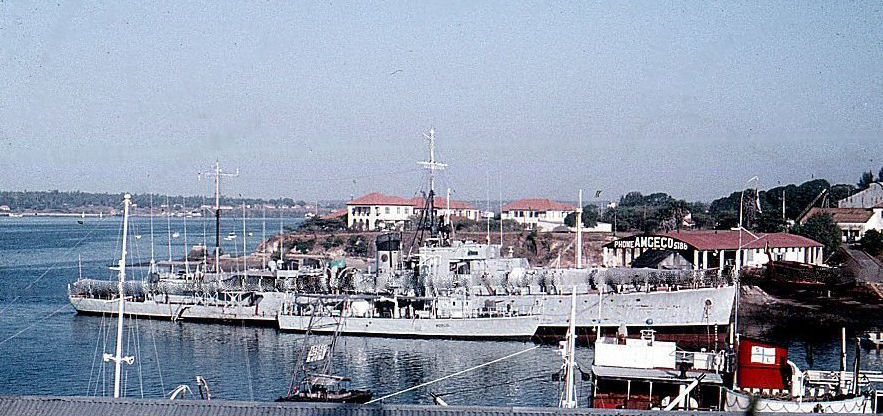 |
||
| Elderly Royal Navy ships at Mombasa in 1961 - PHOTO Simon Skudder | ||
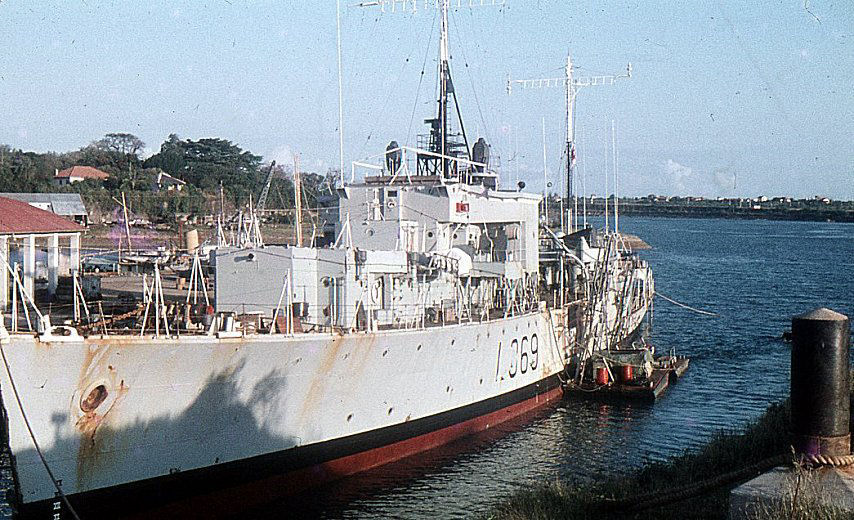 |
||
| HMS MEON alongside in 1961 - PHOTO Simon Skudder | ||
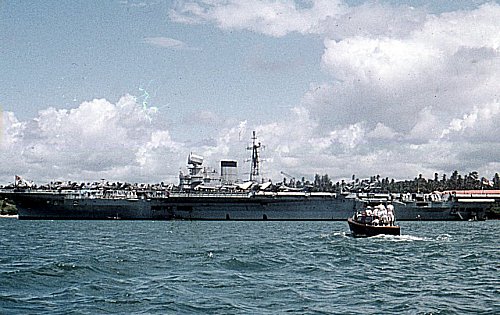 |
||
| HMS VICTORIOUS at Mombasa, 1961 - PHOTO Simon Skudder | ||
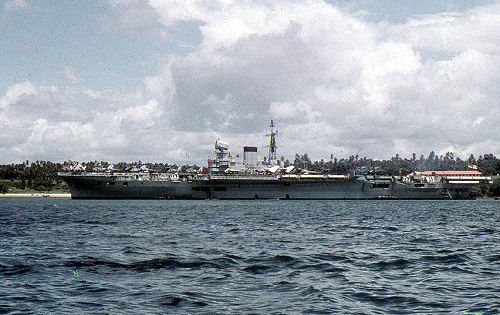 |
||
| HMS VICTORIOUS at Mombasa, 1961 - PHOTO Simon Skudder | ||
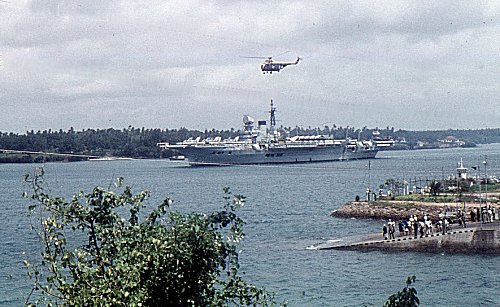 |
||
| HMS VICTORIOUS departing Mombasa with Westland Whirlwind overhead - PHOTO Simon Skudder | ||
|
|
||
|
|
||
|
Kilindini with the anchorage being shared by merchant ships and warships of the Royal Navy. PHOTO - Ron Bullock |
||
|
|
||
|
ALBION at Mombasa, seen from Likoni Ferry with classic municipal bus in the foreground. PHOTO - Ron Bullock |
||
|
|
||
|
|
||
|
ARK ROYAL entering Kilindini with one of its Westland Whirlwinds possibly heading for Mombasa Airport. PHOTO - Ron Bullock |
||
|
|
||
|
ARK ROYAL entering Kilindini. PHOTO - Ron Bullock |
||
|
|
||
|
ARK ROYAL passes a passenger cargo ship while proceeding to anchor in Kilindini. Viewed from Likoni Ferry. PHOTO - Ron Bullock |
||
|
|
||
|
|
||
|
EAGLE at anchor in Kilindini. PHOTO - Ron Bullock |
||
|
|
||
|
EAGLE departing Mombasa with Scimitars arranged on the flightdeck. PHOTO - Ron Bullock |
||
|
|
||
|
EAGLE departing Mombasa. The helicopter is an early, piston engined, Wessex. PHOTO - Ron Bullock |
||
|
|
||
|
EAGLE departing Mombasa. The Flag Officer's Pennant is just visible below the radar antenna. PHOTO - Ron Bullock |
||
|
|
||
|
EAGLE turns to port and heads out into the Indian Ocean - bound perhaps for Aden. The International Pennant is superior to Flag Hotel indicating that the pilot is still on board. PHOTO - Ron Bullock |
||
|
|
||
|
|
||
|
ALBION departing Mombasa. PHOTO - Ron Bullock |
||
|
|
||
|
ALBION departing Mombasa. PHOTO - Ron Bullock |
||
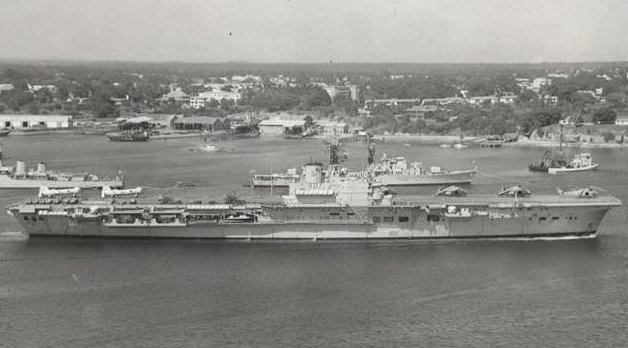 |
||
| ALBION leaving Kilindini Harbour. The date is 18 March 1964, and ALBION is bound for Aden - where she will deposit the two RAF Bristol 192 Belvedere helicopters seen on the after flight deck. It will then be on to Suez, Malta and home - PHOTO Neil McCart | ||
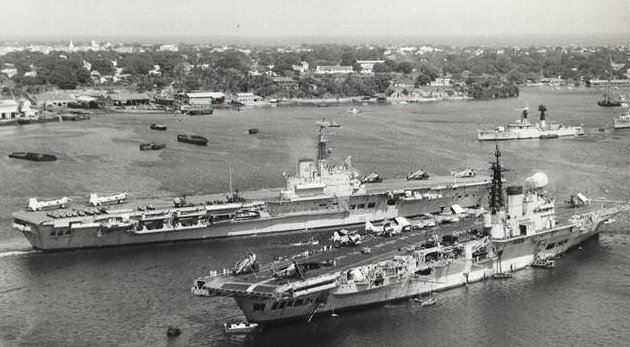 |
||
| ALBION, again, taken on 18 March 1964. In the foreground is the carrier VICTORIOUS, and in the background, slightly to the right of the shot, is the frigate SALISBURY - PHOTO Neil McCart | ||
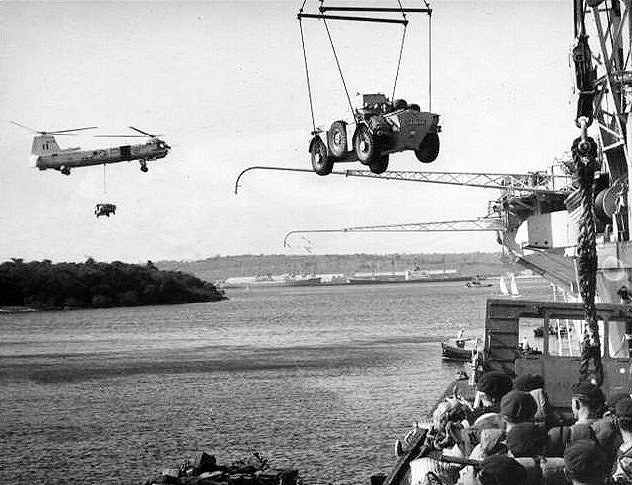 |
||
| ALBION at Kilindini Harbour. It is January 1964, and Royal Marines are being disembarked to deal with a mutiny in independent Tanzania where the Army mutinied against President Julius Nyerere. The RAF Bristol 192 Belvederes helicopters, which ALBION will later transport to Aden, are involved in the disembarkation of men and equipment. - PHOTO Neil McCart | ||
|
|
||
|
|
||
|
VICTORIOUS in Mombasa. PHOTO - Ron Bullock |
||
|
|
||
|
VICTORIOUS departing Mombasa. PHOTO - Ron Bullock |
||
|
|
||
|
|
|
|
|
ASHANTI departs Kilindini with its Wasp helicopter on the helideck. On the mast the flags GDCE denote her International four letter call-sign. At that time all British ship call-signs started with G or M. On the port yard it is just possible to identify the International Pennant superior to Flag Hotel meaning "I have a pilot on board". PHOTO - Ron Bullock |
||
|
|
||
|
|
||
|
LOWESTOFT proceeds to sea from Mombasa. PHOTO - Ron Bullock |
||
|
|
||
|
|
||
|
ZULU Mombasa. PHOTO - Ron Bullock |
||
|
|
||
|
|
||
|
Leander Class frigate SIRIUS on the trot with Daring Class destroyer DIANA astern at Mombasa. PHOTO - Ron Bullock |
||
|
|
||
|
|
||
| PHOTO - Ron Bullock | ||
|
|
||
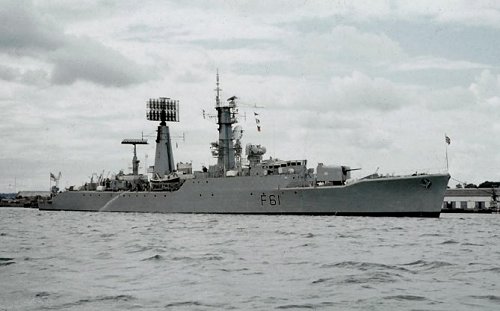 |
||
| HMS LLANDAFF (F61) - a Type 61 Aircraft Direction Frigate (Salisbury Class) - PHOTO Geoff Pollard | ||
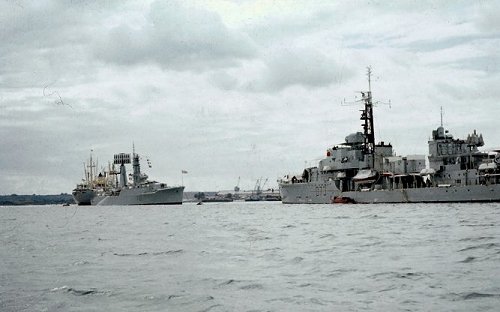 |
||
| HMS SOLEBAY (D70), a Battle-class destroyer with LLANDAFF at anchor in Kilindini - PHOTO Geoff Pollard | ||
|
|
||
|
RFA WAVE RULER |
||
|
|
||
|
|
Callsign Golf-Kilo-November-Romeo WAVE RULER departs Mombasa. PHOTO - Ron Bullock |
|
|
|
||
|
Dar-es-Salaam |
||
|
|
||
|
|
||
|
CEYLON at Dar-es-Salaam. PHOTO - Ron Bullock |
||
|
|
||
|
CEYLON at Dar-es-Salaam. PHOTO - Ron Bullock |
||
|
|
||
|
|
||
|
One of the Kenya Navy's patrol craft - KNS NDOVU, CHUI or SIMBA - enters Mombasa past the Oceanic Hotel. The three patrol craft were built in the UK. Kenya Navy crews sailed them out to Mombasa via Gibraltar and Suez in 1966. PHOTO - Ron Bullock |
||
| Regarding copyright it should be noted that the above photograph has been reproduced with erroneous title and without acknowledgement or permission on the official Kenya Navy website | ||
|
|
||
|
Two Kenya Naval patrol craft lead three Royal Navy coastal minesweepers into Mombasa. The lead sweeper appears to be flying a de-commissioning pennant. PHOTO - Ron Bullock |
||
|
|
||
|
|
||
|
In 1969, with Kenya Navy patrol craft in the lead, a detachment of coastal minesweepers from the 9th Minesweeping Squadron prepare to enter Mombasa. PHOTO - Ron Bullock |
||
|
|
||
|
|
||
|
With de-commissioning pennant streaming from the mast, HMS APPLETON (M1106) enters Mombasa to pay off. PHOTO - Ron Bullock |
||
|
|
||
|
HMS APPLETON. The awning stanchions are clearly visible on the fo'c's'le (bow) and no doubt the awning would have been rigged when APPLETON berthed, The fo'c's'le was a frequently used for cocktail parties when these ships were in tropical ports - but it was still a crowded affair! The enclosed bridge appears to be one of the retro-fitted affairs that were added in the late 60s. PHOTO - Ron Bullock |
||
|
|
||
|
|
||
|
HMS CHAWTON (M1209) brings up the rear as the 9th Mine Counter Measures Squadron enters Mombasa. PHOTO - Ron Bullock |
||
| Mombasa's Tusks | ||
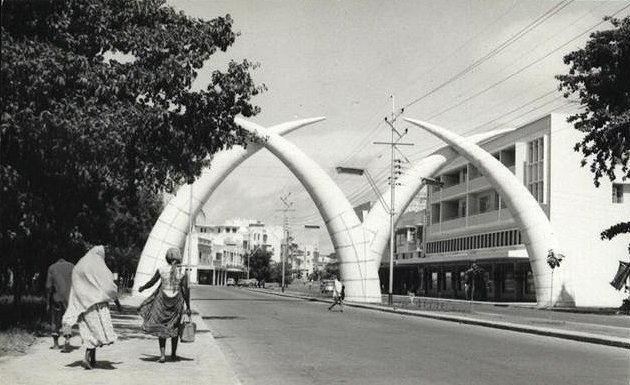 |
||
| Not a warship and this picture perhaps should not be displayed here: but few will have visted mombasa and not remebered them. Some locals thought the Tusks were tacky, but they quickly became an icon for the city. Some thought they were badly placed, right down there "where nobody goes"! These people thought if they had to be, the Tusks should have been higher up the road - maybe somewhere near the Rex Hotel and the Copper Kettle (very good iced coffee!). And near that side street just off Kilindini Road where "Chinese Toothmaker" was to be found, plying his trade in the large plate glass front window, with always an admiring crowd on the sidewalk - sort of the agony and the ecstasy! The Mombasa tusks were erected in 1956 for the royal visit by Princess Margaret. Although meant as a temporary structure, people liked them so much that they stayed - PHOTO Neil McCart | ||
|
|
||
|
Not quite East Africa! But still in the 1960s. Two Coastal Minesweepers of the 10th Mine Counter Measures Squadron in attendance at the scene of a shipwreck in the Strait of Gibraltar in 1966. The 10th MCMS was made up of ships manned entirely by crews from the Royal Naval Reserve. There were 11 RNR Sea Training Centres around the UK, each with its own CMS. |
||
|
|
||
|
|
||
|
The Squadron Leader is M1175 - HMS NORTHUMBRIA. It is distinguished as such by the broad black band atop the funnel. NORTHUMBRIA was based at Gateshead, Tyne Division RNR. PHOTO- Malcolm McCrow |
||
|
|
||
|
|
||
|
The ship from which the top photograph was taken - M1126 - HMS MONTROSE, sea tender to Tay Division RNR based in Dundee, Scotland. While the ships were attached to the Royal Naval Reserve, they adopted the traditional RNR name associated with that unit. Hence 1126, although officially listed as DALSWINTON, carried official MONTROSE name plates for most of her life. This photograph was taken while at anchor during a cruise of the Western Isles. PHOTO - Malcolm McCrow |
||
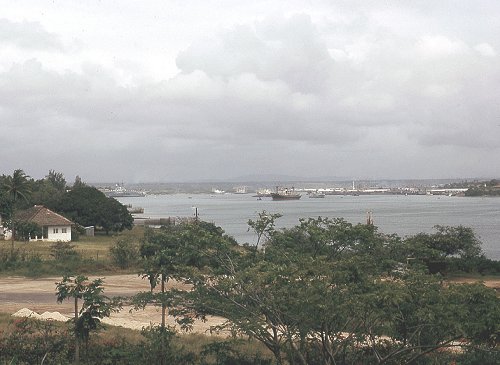
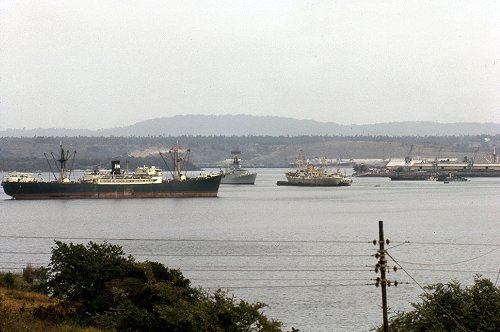
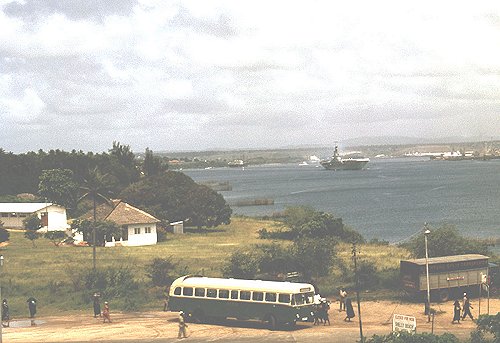
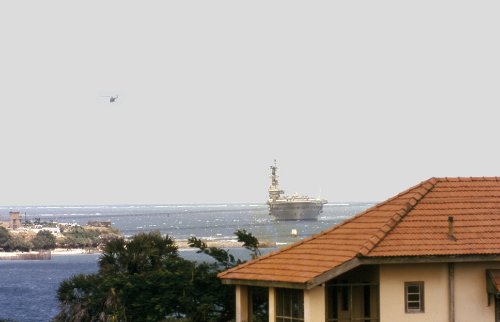
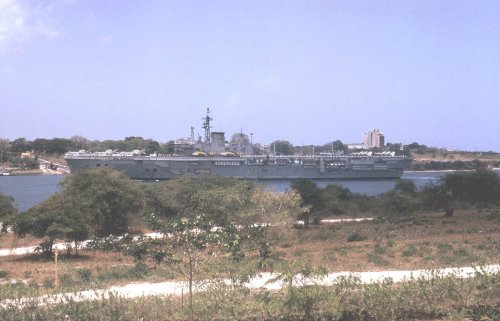
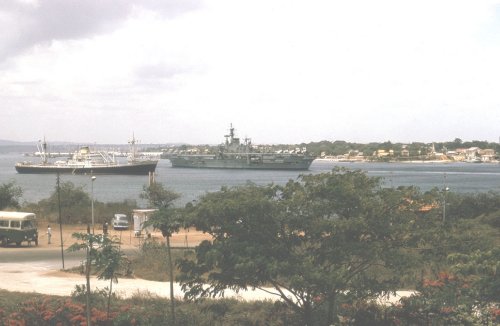
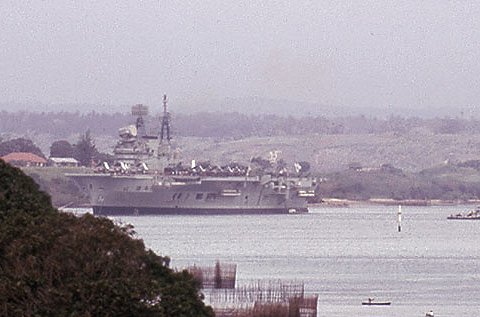
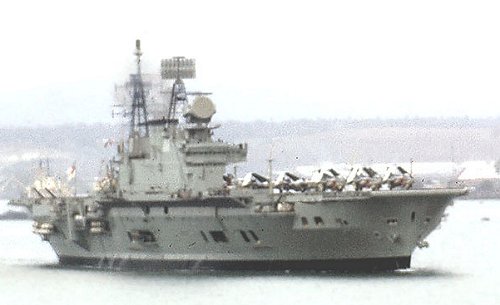
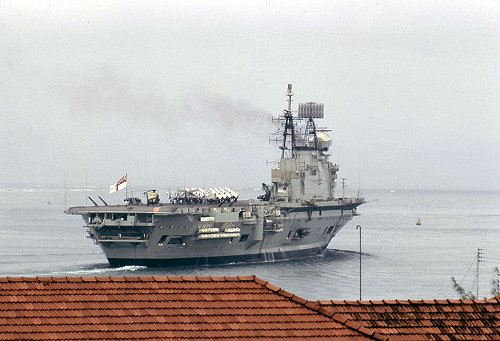
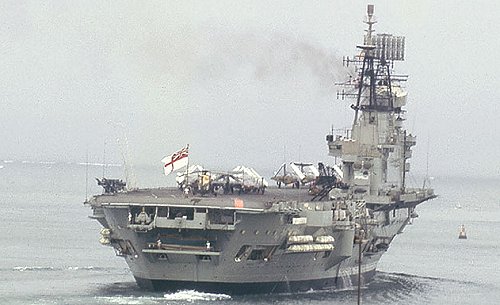
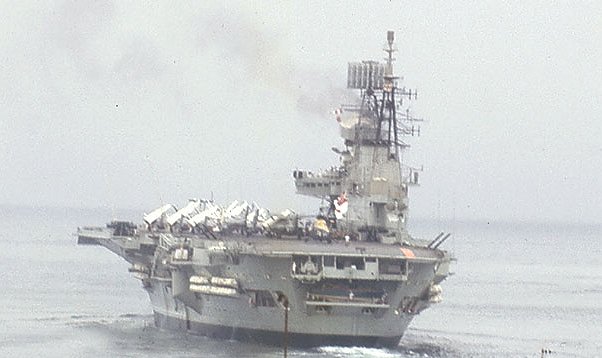
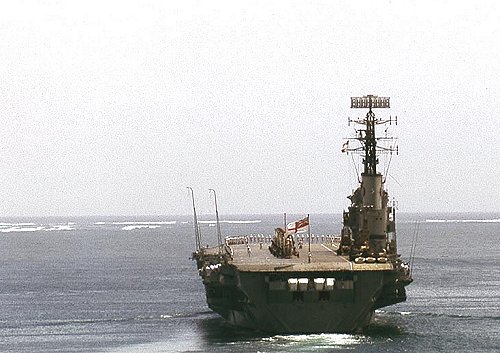
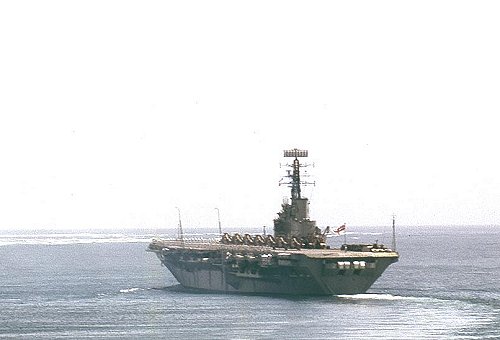
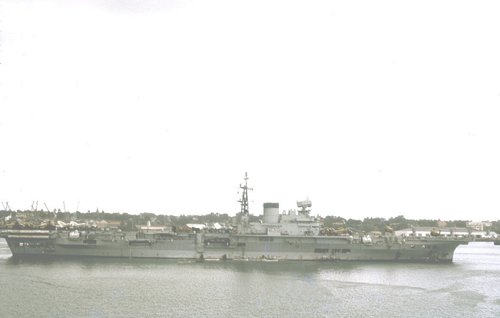
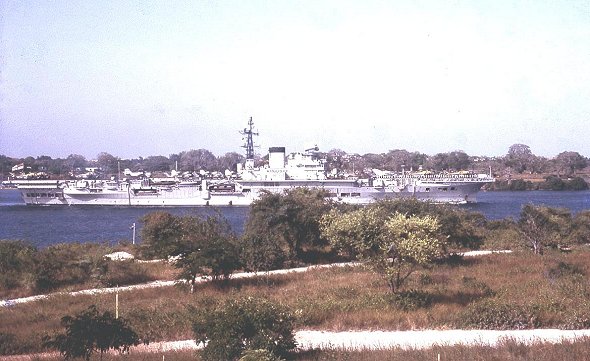
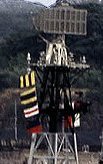
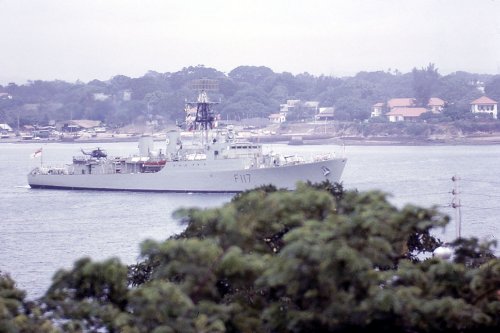
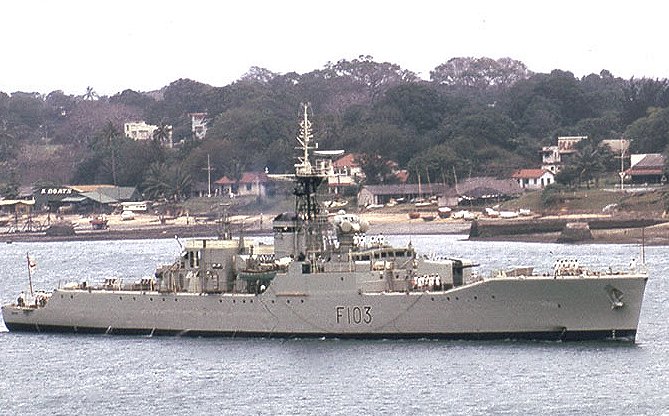
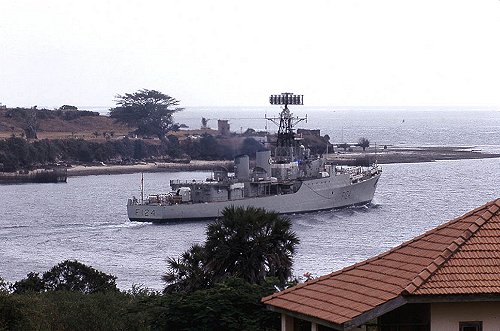
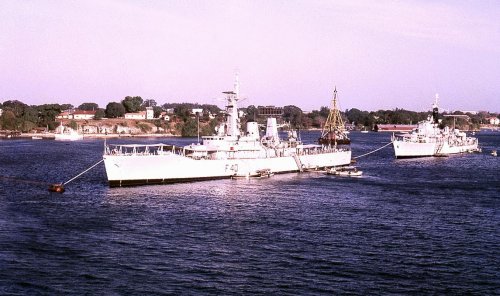
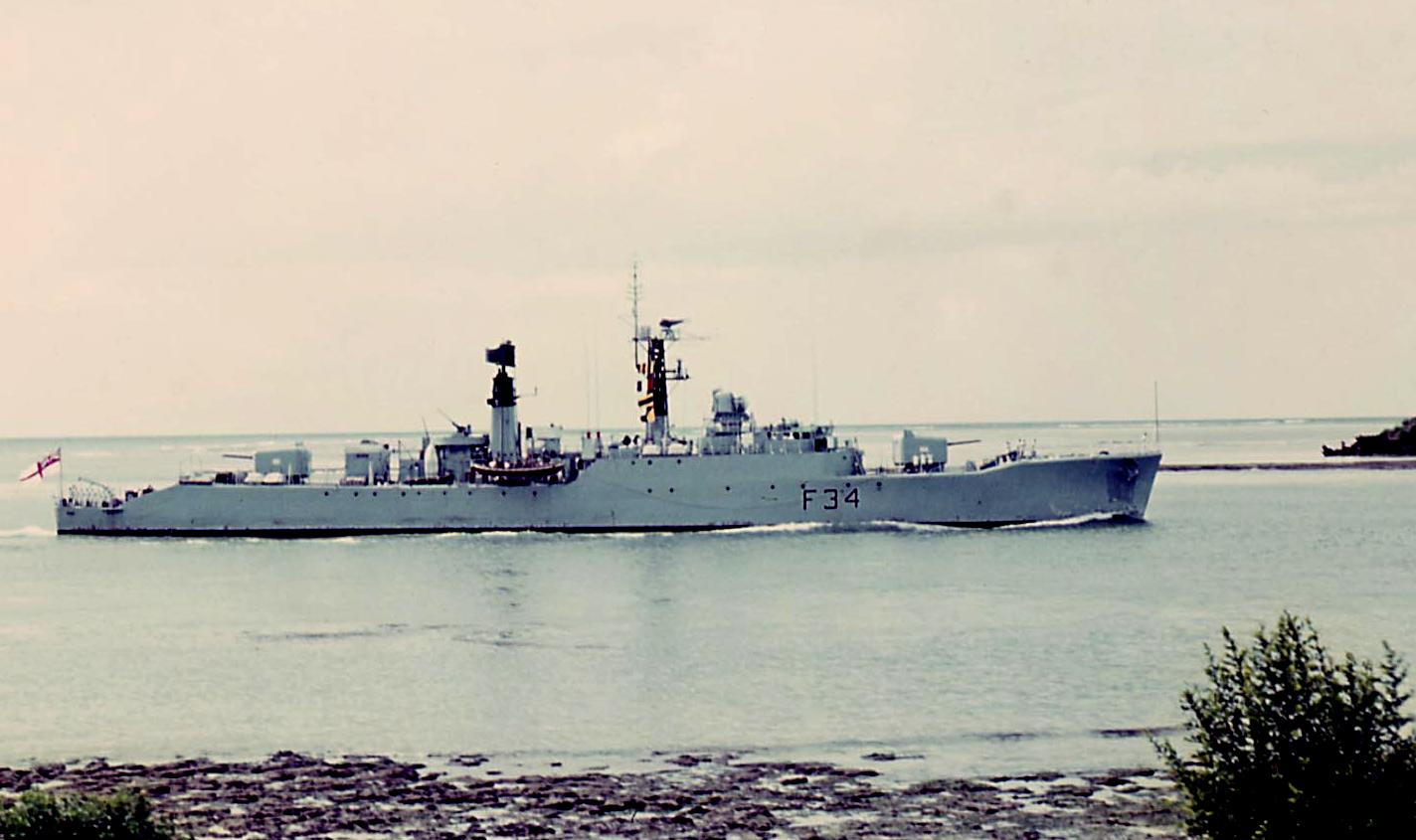
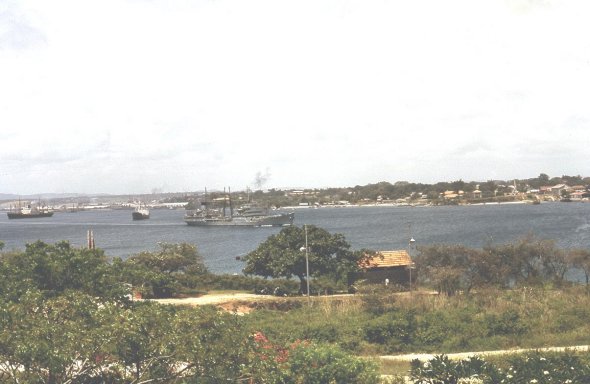

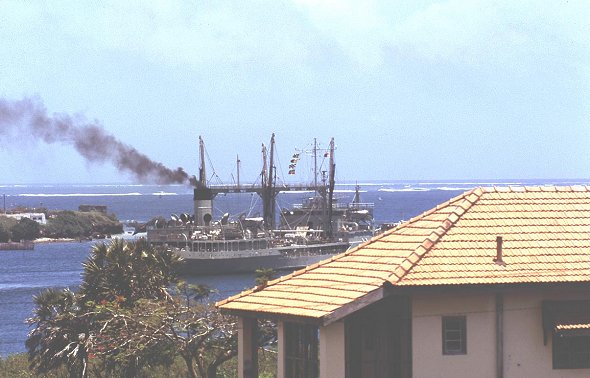
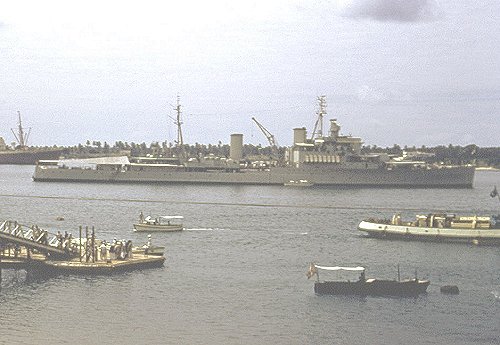
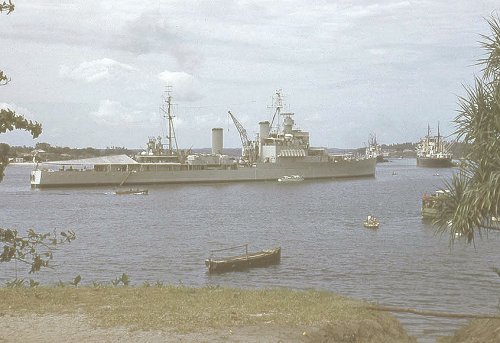
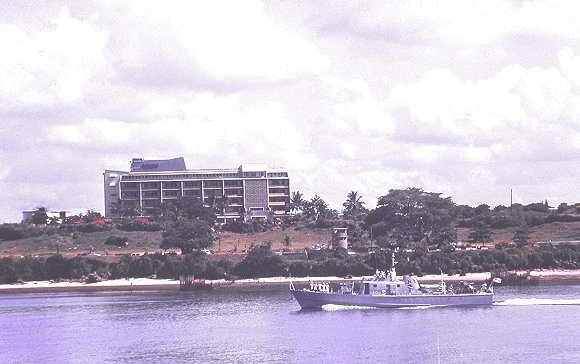
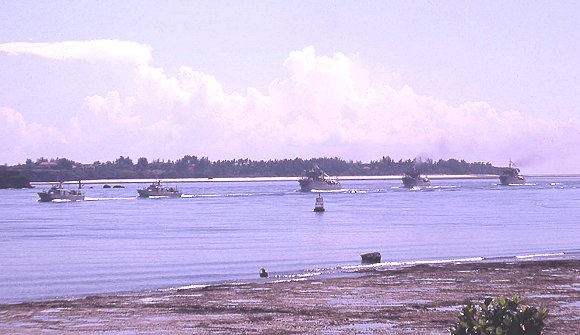
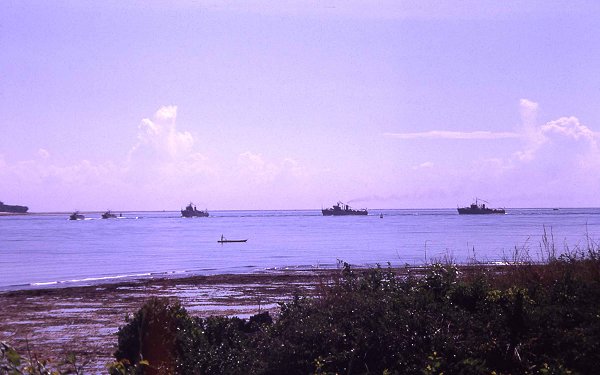
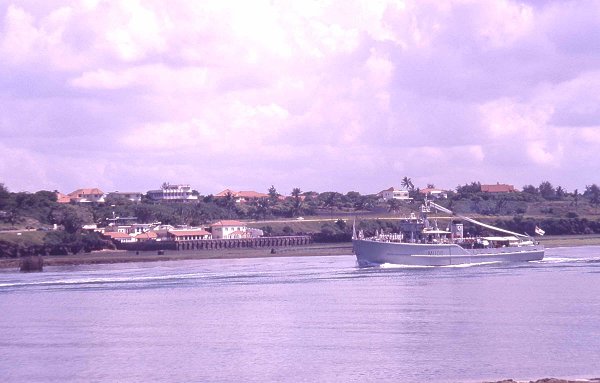
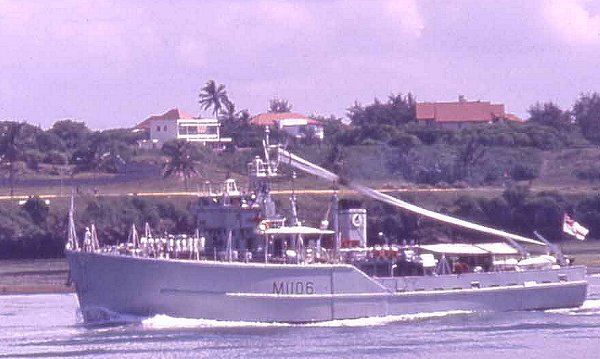
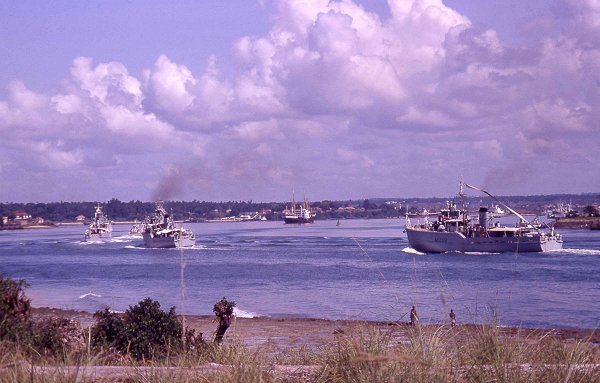
.jpg)
.jpg)